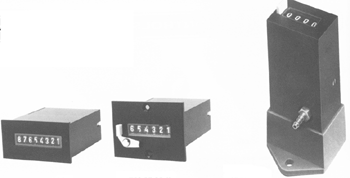A Review of Pneumatic Control Systems
Pneumatics is a long-standing important technology used to help the performance of mechanical work. You can often find pneumatic control systems used in the development of various automation solutions. Most compressed air applications utilize one or more of the below functions:
- Using a final control element to switch actuators
- Performing consistent work (actuators)
- Information processing
- Determining the current status of processors
Complex logic interconnections of switching conditions and statuses are necessary to control machinery. Pneumatic control systems largely depend on pneumatic valves, controls, and sensors.
A pneumatic cylinder has one of the most important roles in the system (as a linear drive unit). A pneumatic cylinder is ideal because it is:
- Easy to install
- Low cost
- Robust and simple construction
- Available in various stroke lengths and sizes
Benefits of using pneumatic control systems include:
Explosion Proof – compressed air is used in high-risk environments because it does not run the risk of fire or overheating (unlike electric and fuel).
Simple Components – the operating components (i.e., pneumatic controls & pneumatic valves) have low costs because their construction is simplistic.
Overload Safe – pneumatic controls and other operating components can be loaded to the maximum working load. Once the system goes above this threshold, the system stops, which creates safe overloading.
Noise Levels – noise levels used to be a big problem when using pneumatic controls, but modern technology has largely solved this problem. Silencers and sound absorption materials make pneumatic control systems run quietly without sacrificing performance.
Pneumatic Controls
- Why Should I Use Pneumatic Control Systems
There are many reasons why pneumatic controls and pneumatic valves are used. Pneumatic systems play an important role in the performance of mechanical work. They are also commonly used to provide automated solutions.
- How do Pneumatic Valves Work
- Increasing the Efficiency of Pneumatic Valve and Control Systems


- Ellis/Kuhnke Controls
132 Lewis Street Unit A-2, Eatontown, N.J. 07724
Phone: 1-800-221-0714
Fax: 732-291-8154
Email: Info@ekci.com
- Home Pneumatic Controls Technical Info CAD Drawings Contact Us Pneumatic Timers Blog Site Map
